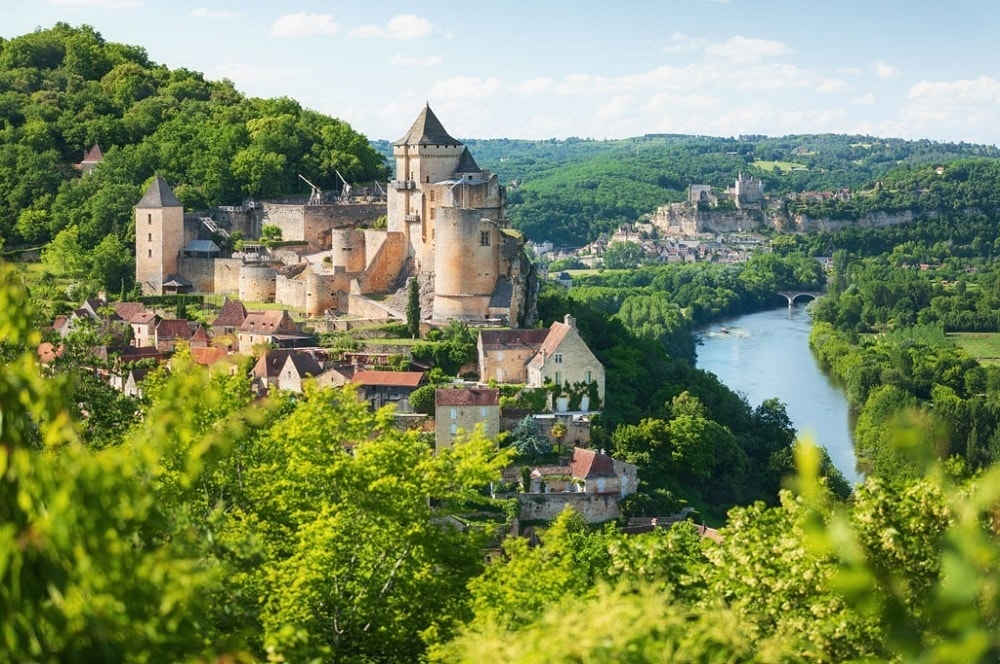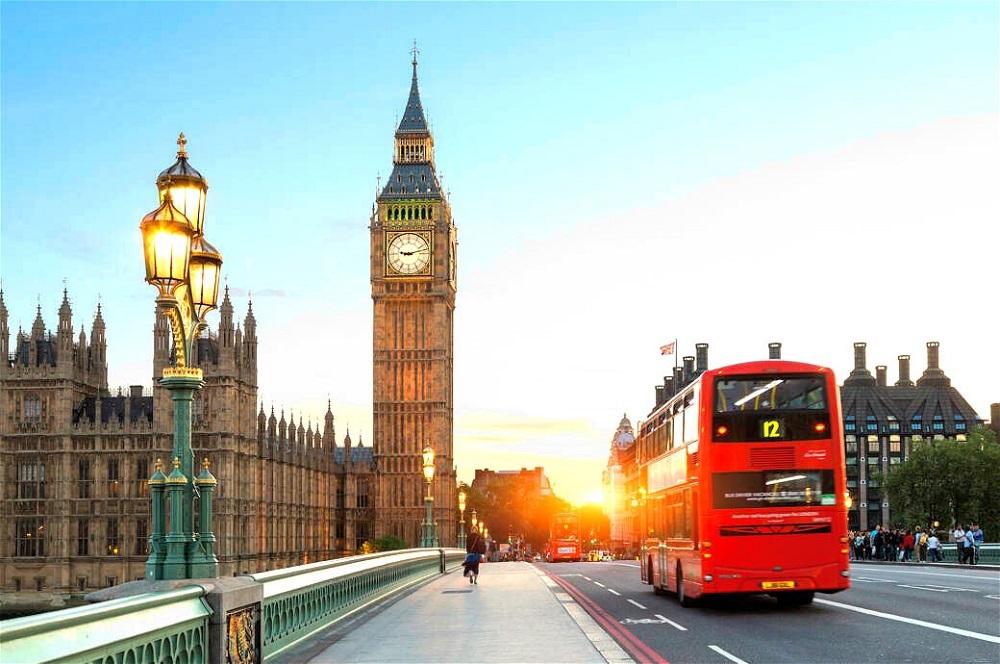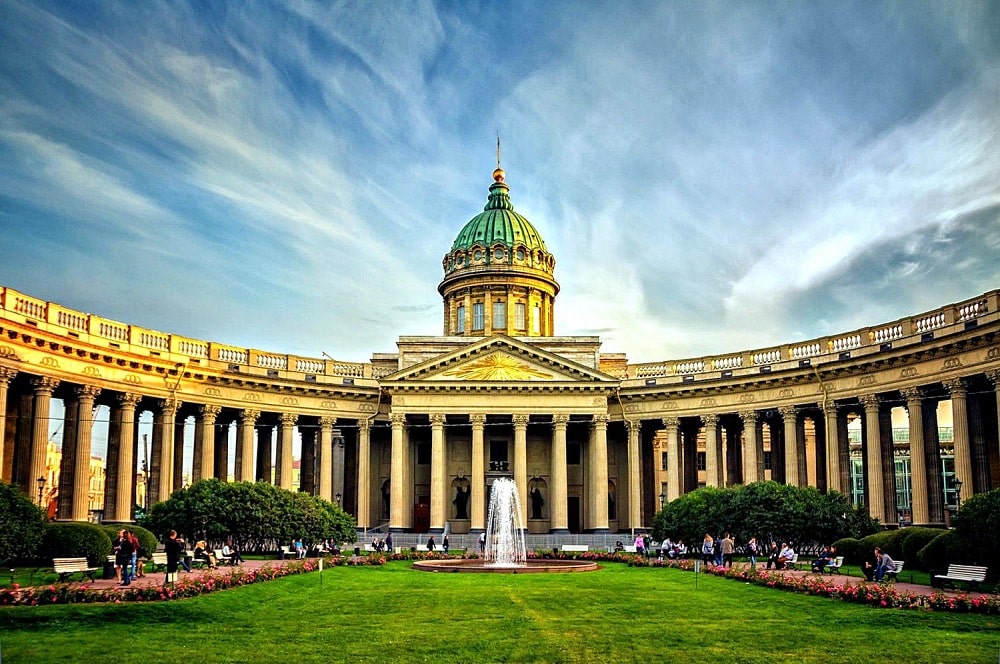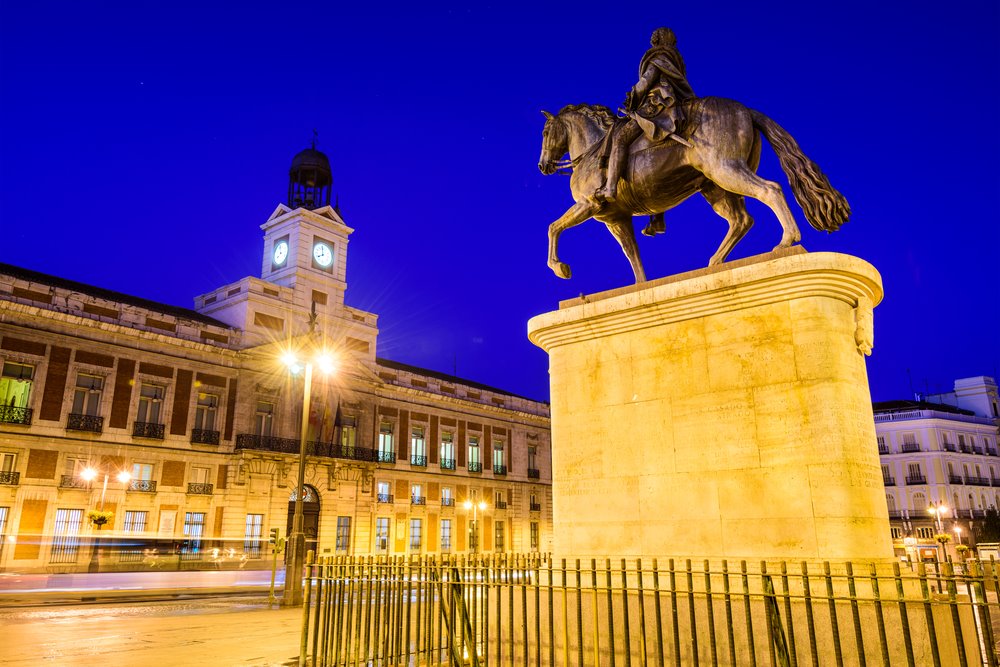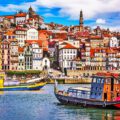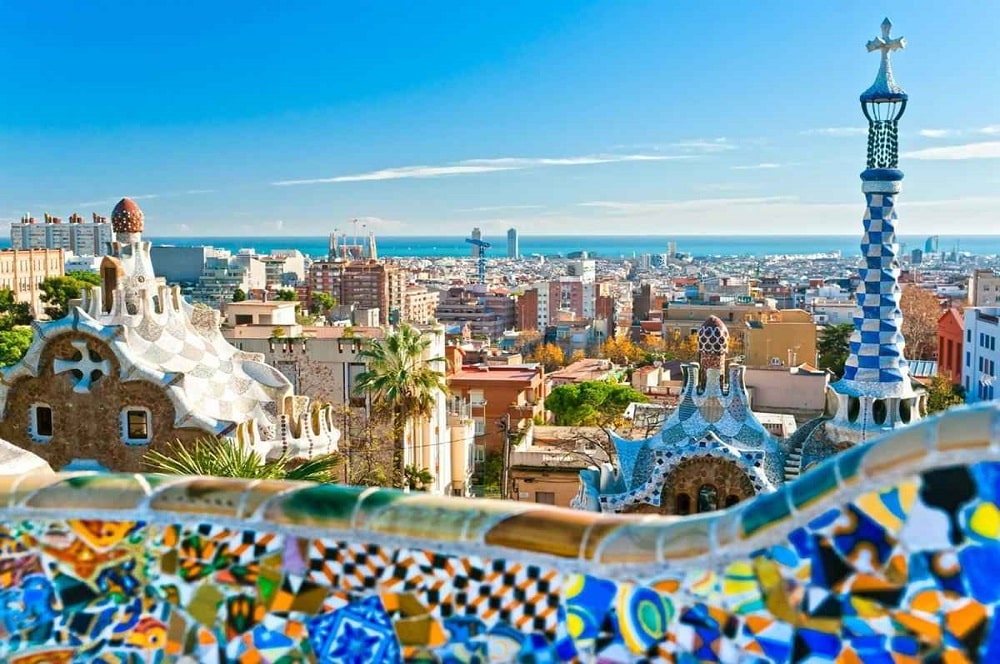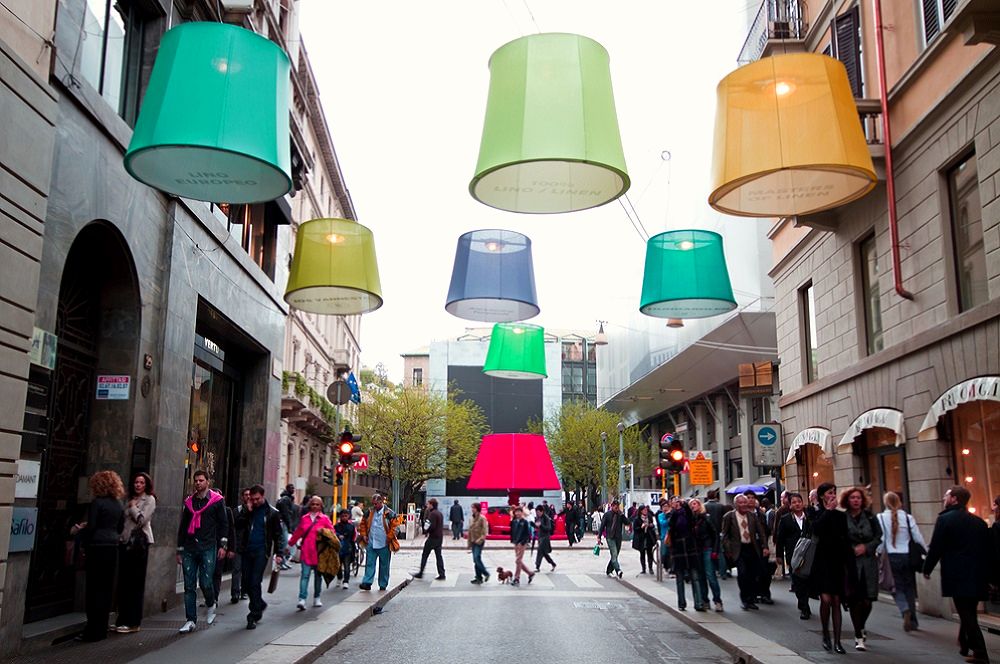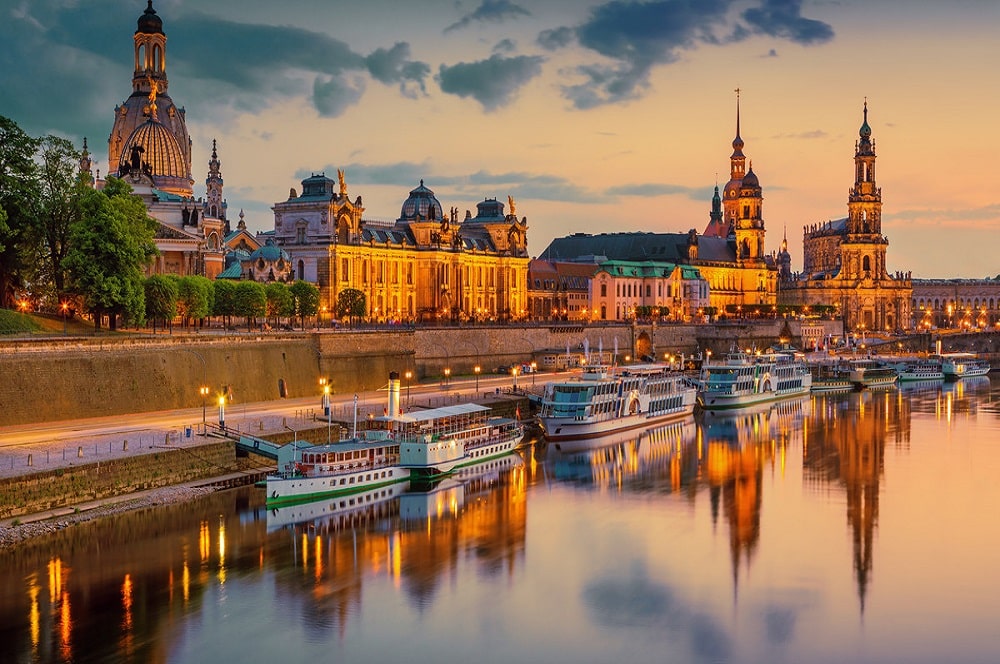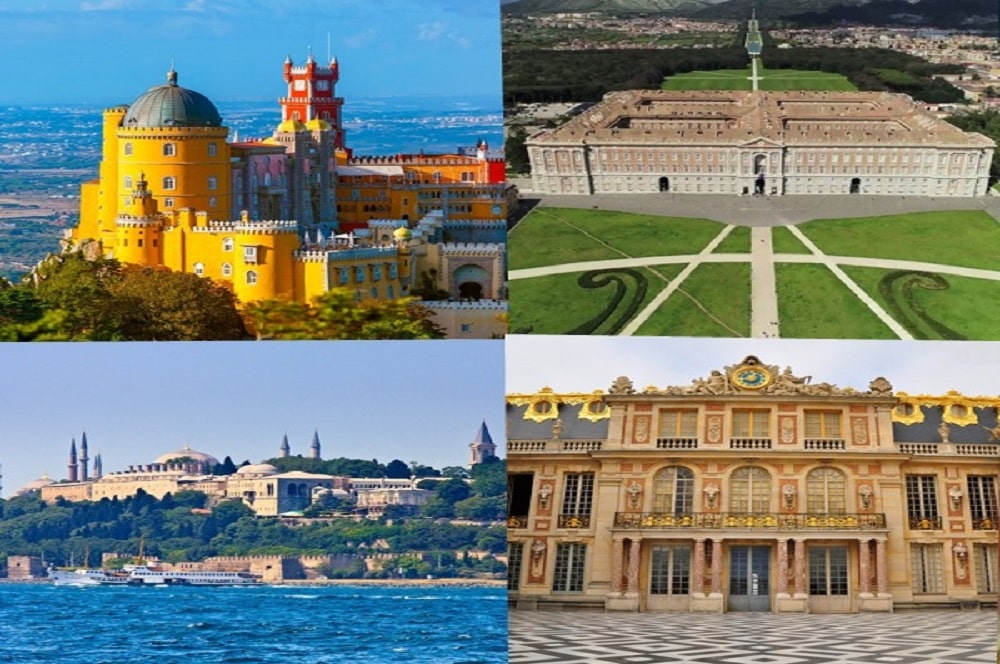
Castles from the Middle Ages are usually built for defense purposes due to their thick walls and solidity. Palaces are more impressive and decorated buildings that serve or serve as the residence of kings, princes and other royals. These buildings are one of the most important parts of European history and heritage. Not only artwork, but the technology used to build them also reflect the progress of our civilization.
1. Pena Palace (Sintra – Portugal)
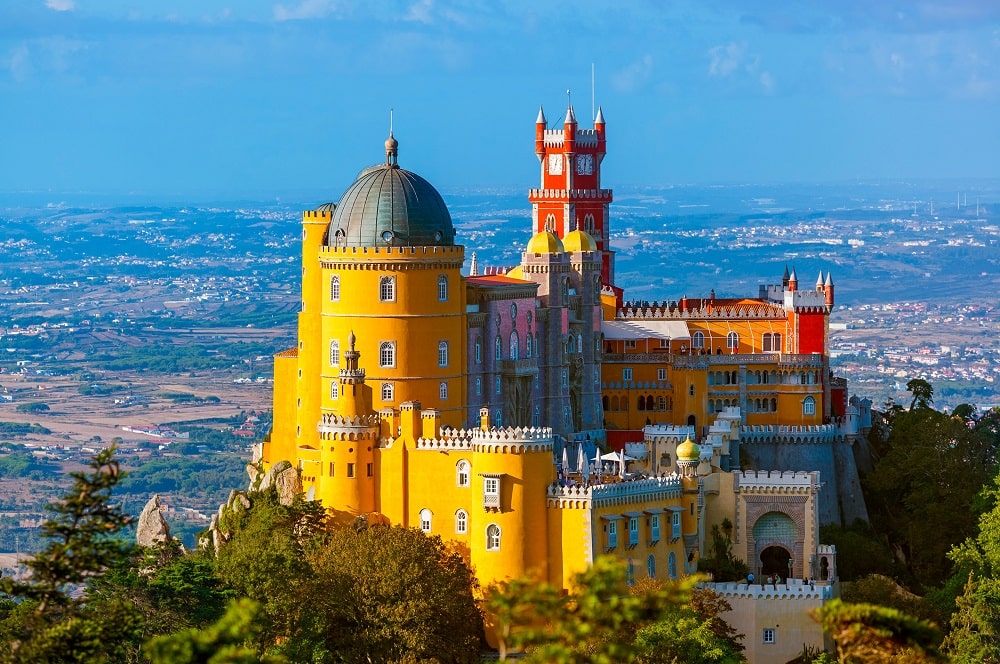
This romantic palace above the village of Sintra is one of the Seven Wonders of Portugal, which contains a mix of architectural styles such as neo-gothic, Islam and neo-renaissance. The Palacio Nacional da Pena is one of the finest tourist attractions in Portugal and exemplifies the 19th century Romanticism style of architecture. The palace is a hedonistic mix of vividly painted terraces, decorative battlements and mythological statues, all of which stand at stark contrast to the lush greens of the Parque de Pena forest. Surrounding the Palacio da Pena are forested grounds, which continue the design ideals of Romanticism, with hidden pathways, mystical ornaments and stunning vistas.
2. Chateau de Versailles (France)
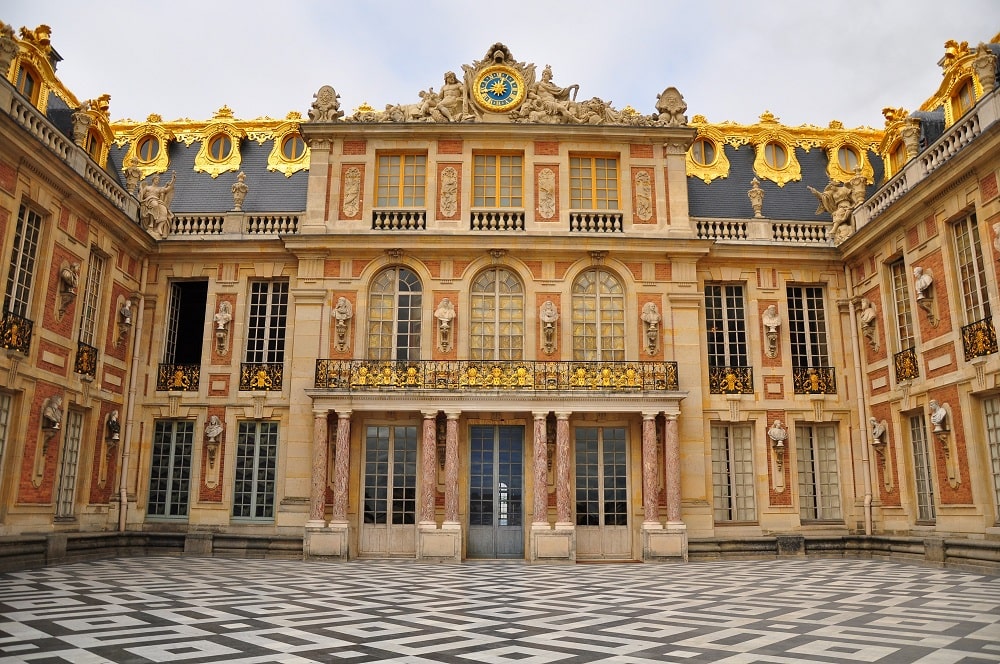
Versailles is one of the most famous castles in the world and definitely deserves its reputation. It is a gem of 18th century French art, rich and rich in art and beauty.Chateau de Versailles is among the most visited sites in France and one of the most stunning examples of royal residence from the 17th- and 18th-century anyone can experience. One of the most important features of the Palace of Versailles is the Hall of Mirrors, which consists of 17 arched windows, and each window is decorated with 21 separate mirrors. Historically, considered the best contribution of Louis XIV to the Palace, it was the place where the Treaty of Versailles was signed in 1919 to end World War II.
3. Rundale Palace (Latvia)
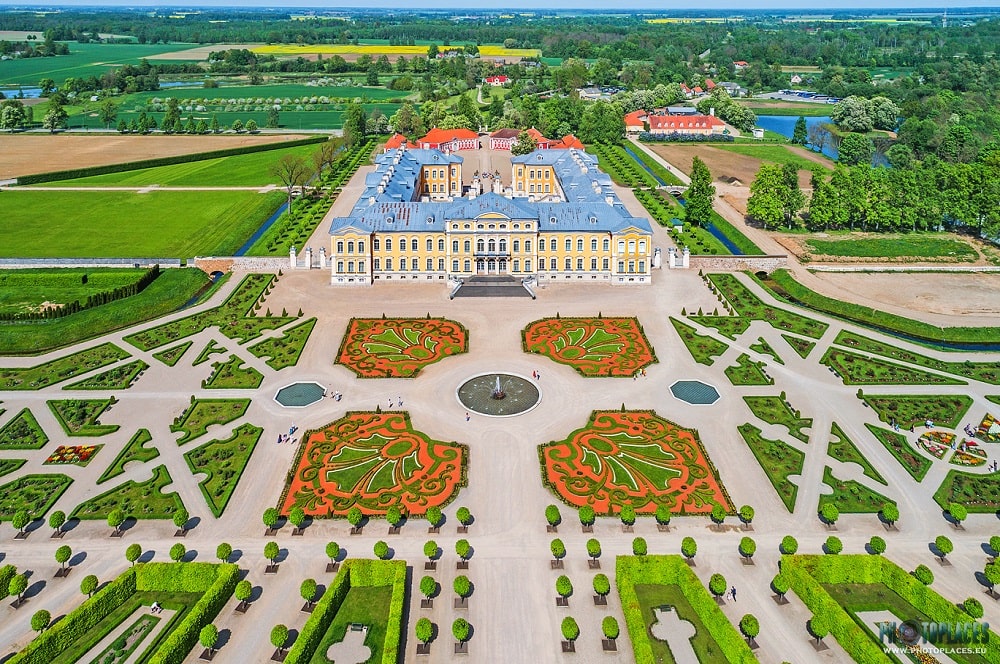
Visiting Rundale Palace will take you to a different era.Designed by Francesco Rastrelli, the architect who also created St. Petersburg’s Hermitage, it’s a Baroque and Rococo masterpiece, loaded with art treasures and surrounded by a beautiful rose garden. Originally built for the Dukes of Courland, it’s gone through a number of incarnations over the past 250 years or so, including being a German army commandant’s office, an infirmary, and a school.
4. Buckingham Palace (London – England)
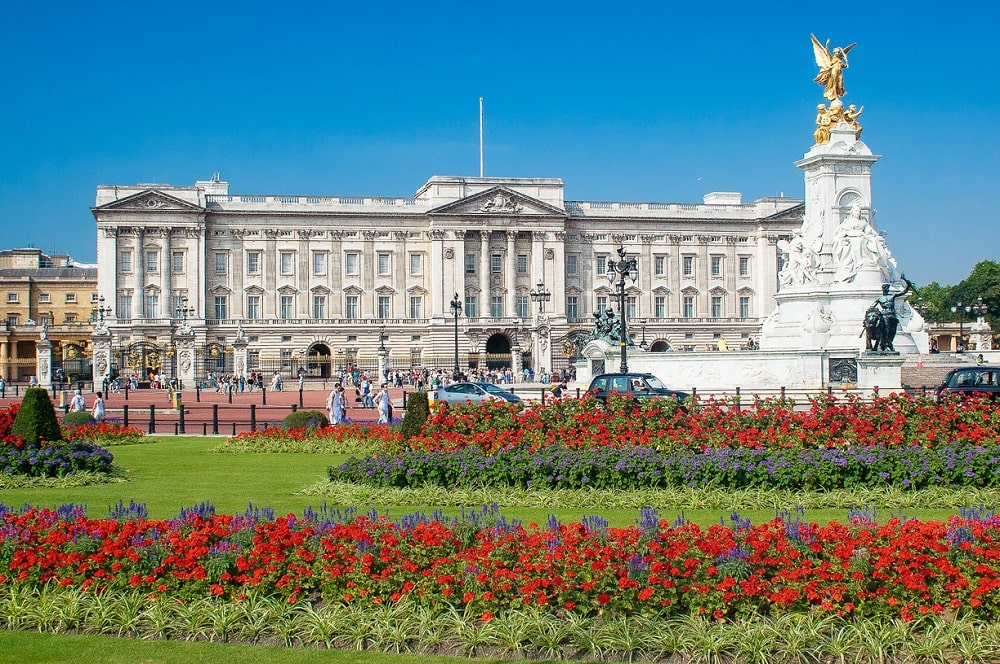
The London residence of Queen Elizabeth II, Buckingham Palace is very much a working palace as the centerpiece of Britain’s constitutional monarchy. Located in the City of Westminster, the palace is often at the centre of state occasions and royal hospitality. It has been a focus for the British people at times of national rejoicing. Originally known as Buckingham House, the building which forms the core of today’s palace was a large townhouse built for the Duke of Buckingham in 1703 on a site which had been in private ownership for at least 150 years. The state rooms, used for official and state entertaining, are open to the public each year for most of August and September, as part of the Palace’s Summer Opening.
5. Topkapi Palace ( Istanbul – Turkey)
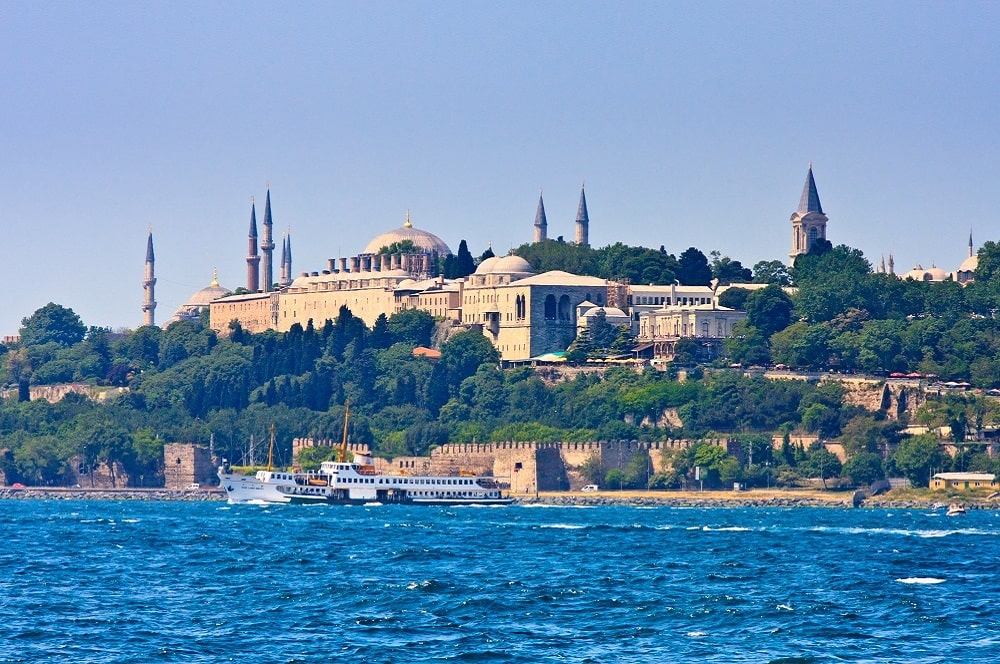
Topkapi palace; after Fatih Sultan Mehmet conquered Istanbul, it was started to be built in 1460 and completed in 1478. The palace was built on a 700,000 square meter land on the East Roman campus located in Sarayburnu, on the tip of the Istanbul peninsula, between the Bosphorus and the Golden Horn. The palace, surrounded by gardens and squares, has four courtyards that run through each other. The first courtyard that the public can enter is the first entrance door of the palace.
Apart from this area used as a pockethouse, there were service buildings such as mints, hospitals, bakeries and Hagia Irene Church. The second courtyard of the palace is the section with the administrative buildings of the state. The second courtyard, which has witnessed many official ceremonies throughout the history, includes Divan-ı Hümayun, where divan meetings are held, and the Treasury of the treasury. On the back of the Divan building, there is the Tower of Justice, which symbolizes the sultan’s justice. There is a Harem Office entrance and Zülüflü Baltacılar ward on the side of Kubbealtı.
6. Royal Palace (Amsterdam – Netherlands)
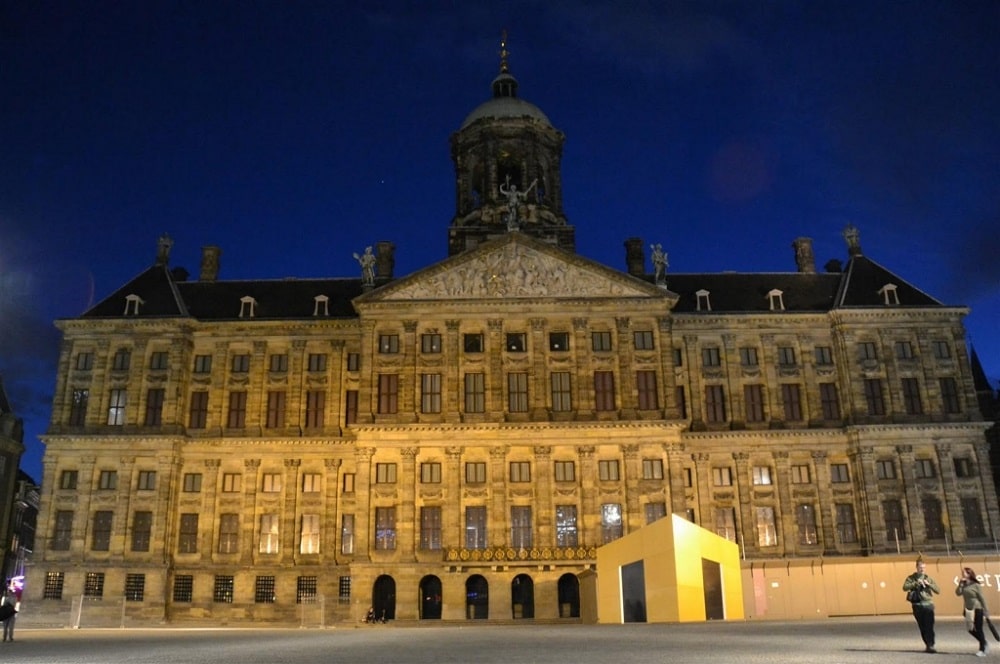
The Royal Palace of Amsterdam is one of 3 palaces located in the Netherlands. The Palace is located on Dam Square, opposite the National Monument, next to the New Church. In the 17th century in the heart of the Dutch Golden Age, the Royal Palace was dubbed ”the eighth wonder of the world.” At the time, it was Amsterdam’s City Hall, in the city that was the largest business center in the world. Today it serves as the King’s Residence when he’s in Amsterdam and is used for ceremonies and events. Based on the architecture of ancient Rome, the exterior is strictly classical, but step inside and you’ll be awed with the magnificent furnishings, its apartments decorated with elaborate ornamentation, marble sculptures, and friezes, as well as ceiling paintings by Ferdinand Bol and Govert Flinck, students of Rembrandt.
7. Royal Palace of Caserta (Italy)
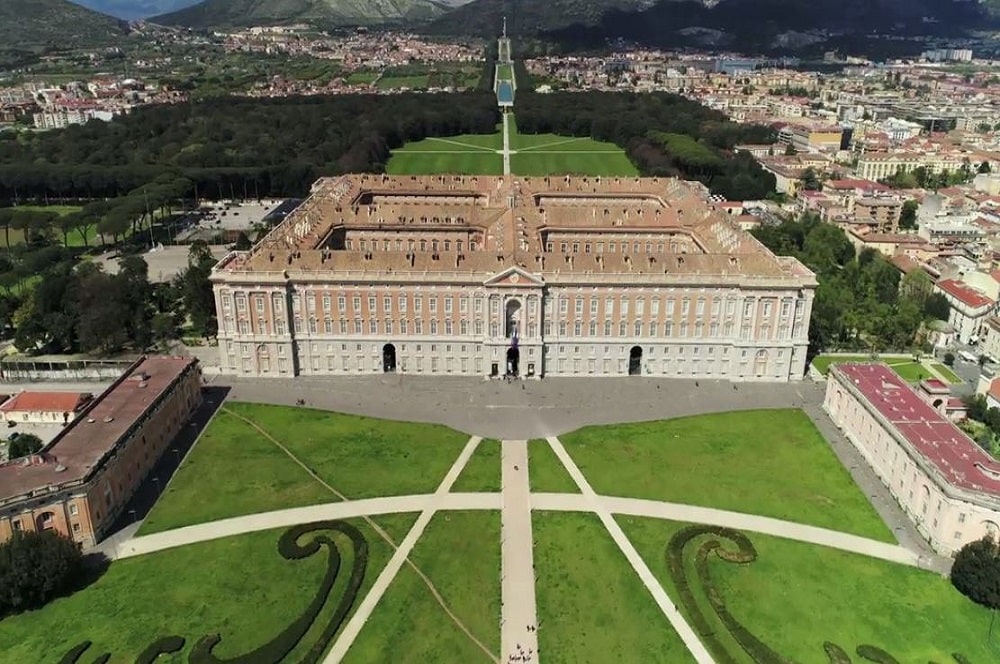
The Royal Palace of Caserta, also known as Reggia di Caserta, located in Naples, Italy, was built for the Bourbons of the Kingdom of Naples and was registered as the largest building in Europe in the 18th century.In 1752, King of Naples VII. The purpose of the palace, which was started to be built by Charles, was to be more magnificent and with a big garden compared to Versailles and other palaces.
However, the king could not sleep even one night in the palace. The reason for this was his resignation in 1759 to become the King of Spain. The son of the project IV. Handed over to Ferdinand. Meanwhile, the people of Naples were brought closer to 10 km Caserta to be close to the workforce in the palace. A silk factory in the San Leucio rest area has been turned into a mansion in a huge park area. Naples and the palace were intended to be connected to the Monumental square with a 20 km long street, but could not be realized.
